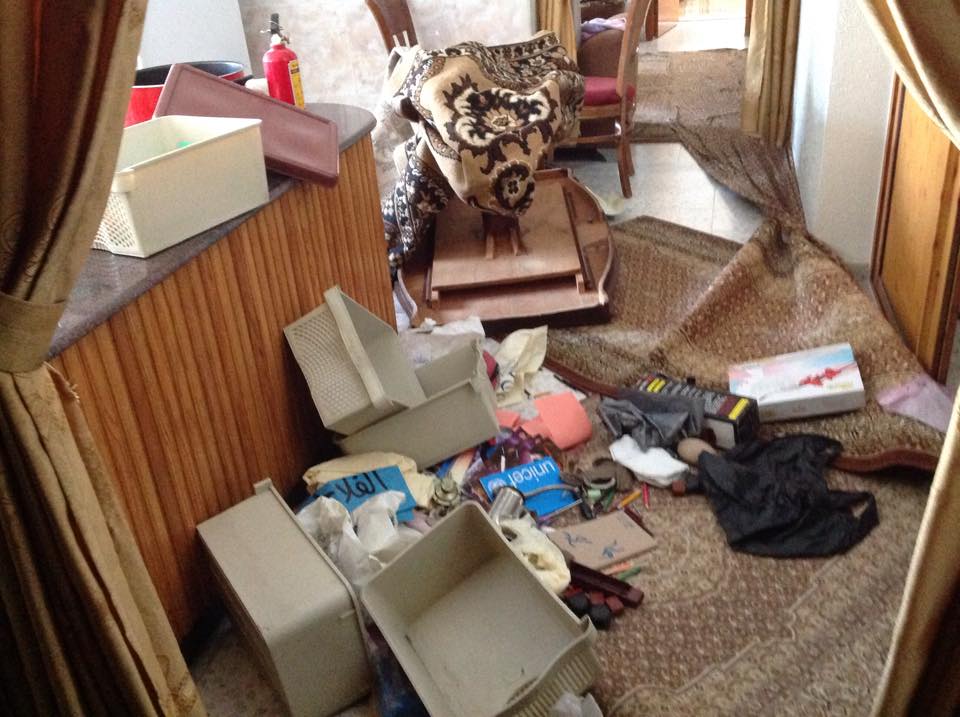Tag: Hebron
-
“If you don’t open the door in 5 minutes, we will blow it up”
24th February 2015 | International Solidarity Movement, Khalil Team | Hebron, Occupied Palestine During the night of the February 22nd, Israeli occupation forces raided two homes belonging to the Edies family, in the Al-Khalil (Hebron) neighbourhood of Tel Rumeida. At least thirty soldiers invaded the homes of Yahya Edies and Saleh Edies at around 2:30 am on Sunday morning.…
-
10-year-old boy attacked and arrested for playing in the snow
22nd February 2015 | International Solidarity Movement, Khalil Team | Hebron, Occupied Palestine On the afternoon of the 21st of February Saleh Abu Shamsiya, a 10-year-old Palestinian boy, was attacked by settler youth in the Al-Khalil (Hebron) neighborhood of Tel Rumeida. Saleh’s father and activist with the group Human Rights Defenders Imad Abu Shamsiya reported that the settlers, who looked around 18-19 years old, surrounded his son while…
-
Open Shuhada Street, demand Palestinian demonstrators
21th February 2015 | International Solidarity Movement, Khalil Team | Hebron, Occupied Palestine On February 20, Israel forces threw at least thirty stun grenades and ten tear gas grenades at a peaceful Palestinian protest. Residents of occupied Hebron (Al-Khalil) were demonstrating against the closure of Shuhada Street, a former economic centre in Al-Khalil. The street, running through the middle of…



